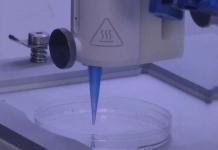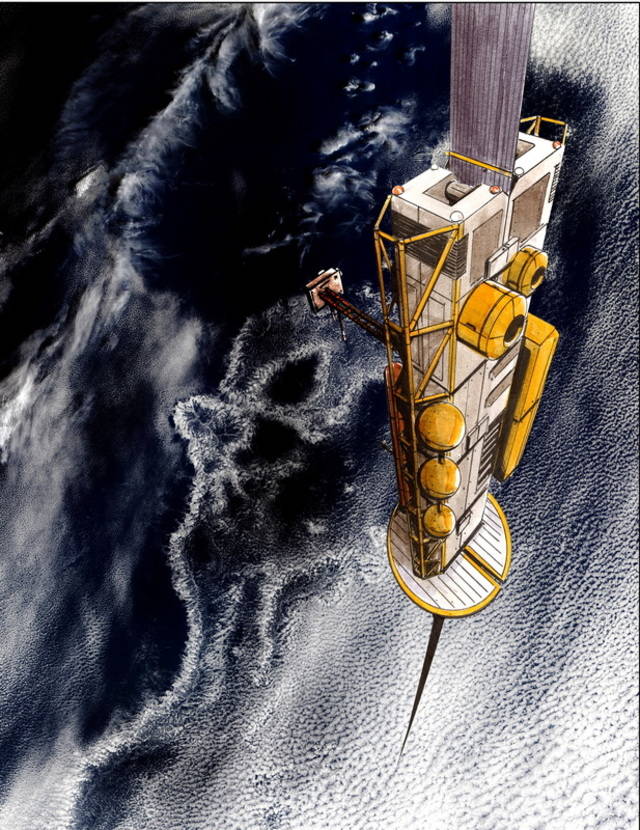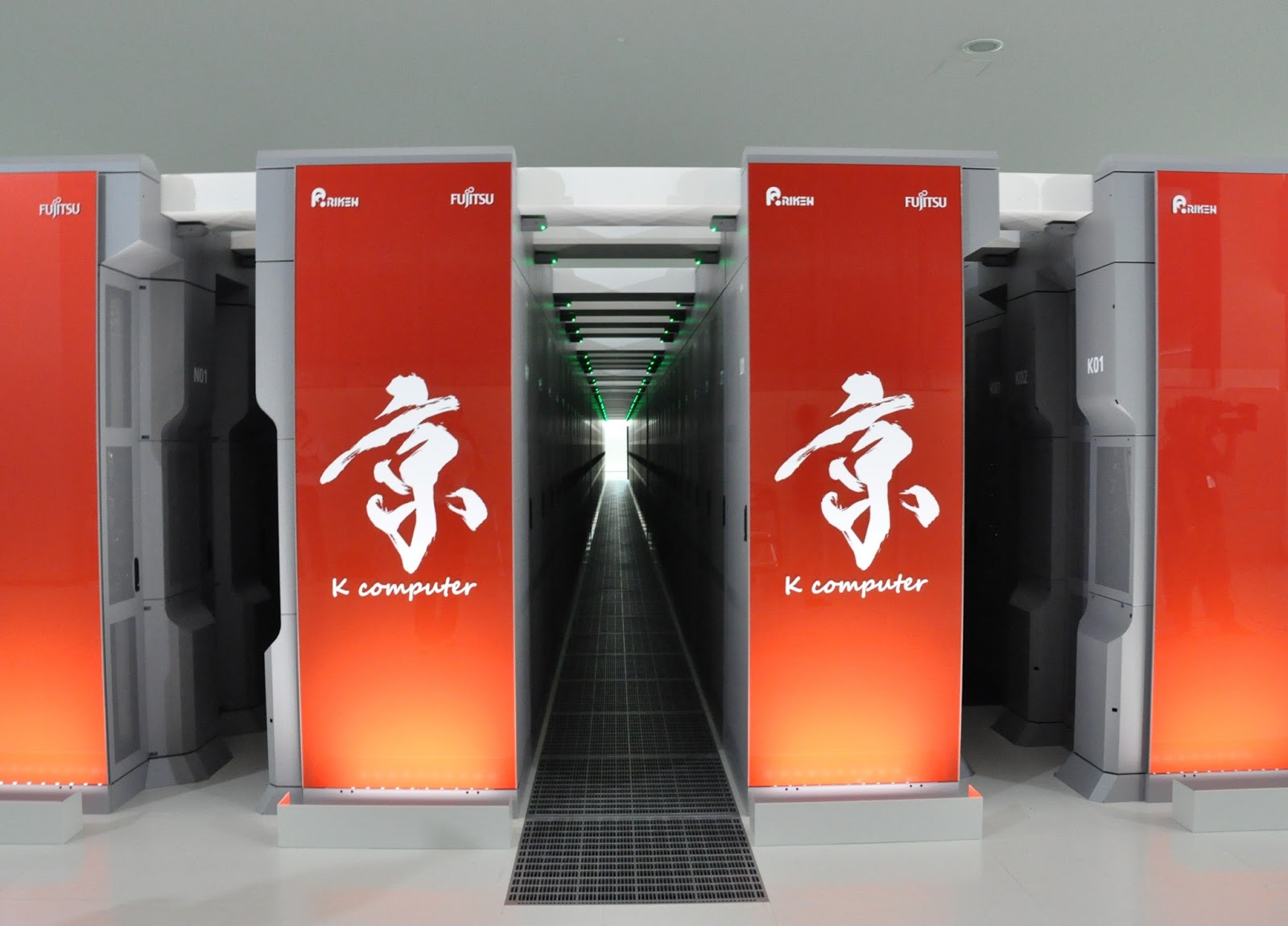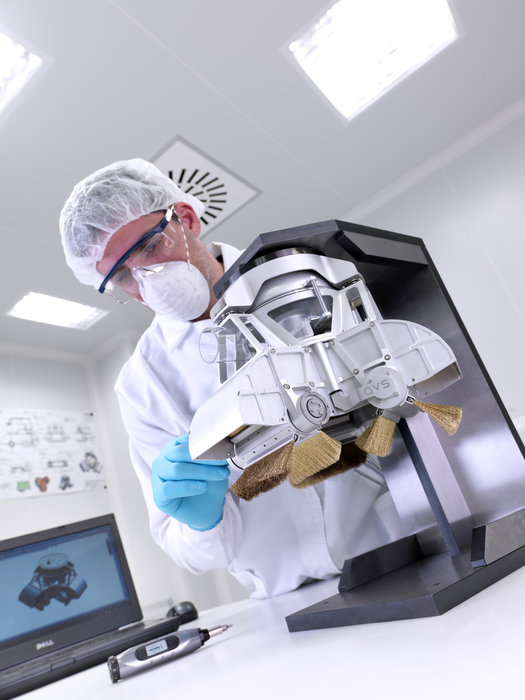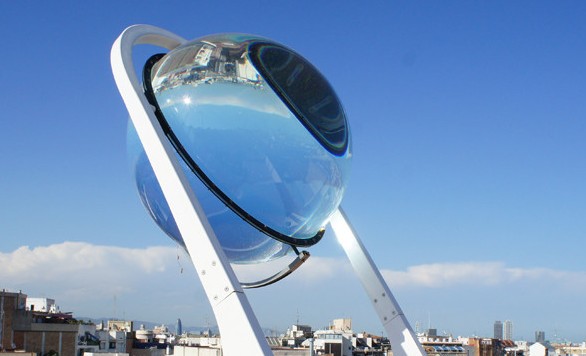A database from the UK provides free access to hundreds of fossil models that people can recreate at home by using a 3D printer. This gives amateur paleontologists a chance to get closer to the things they venerate.
As mentioned here (and most probably in other posts, too), I’ve been attracted to dinosaurs since childhood. I also enjoy writing about advancements in 3D printing, which means that such a news is the best of both worlds for me.
GB3D, as this British database is called, takes pride in being the world’s first 3D fossil repository. The project is the result of the collaboration of several UK museums, and is currently curated by paleontologists from British Geological Survey (BGS). Chief curator Dr. Michael Howe claims that such an initiative enables people to study and interact with fossils in a better way than they could in a museum.

As Howe pointed out, “A typical museum will have thousands of specimens, but most of them are tucked away in drawers. That might make for a more appealing exhibit to the public, but it also means that very few people are ever able to see these incredible fossils.”
Howe explained that thousands of fossils have already been scanned and can be seen online. Out of all of them, 125 can be printed at home, and this number will certainly grow in the future, since it’s not that difficult to create fossil replicas “In as little as four or five hours, you can create a really good replica. Here at the museum, we’ve actually been stunned by how easy it is.” Of course, that’s the case with smaller specimens, but the larger ones (I’m thinking about dinosaurs here) might take a bit longer. Howe added that “A dinosaur of several meters high is going to be difficult to scan, and you’d need to scan individual bones one at a time. But I like to think that the sky’s the limit.”
Having visited the Museum of Natural History in Vienna less than two weeks ago, I can’t express in words just how excited I am about all this. Obviously, printing dinosaurs at home will require not only a lot of 3D printing materials, but also a lot of room for storing these beasts. Owning a dinosaur (even if it’s made out of plastic) might be even better than seeing one in a natural history museum.
If you liked this post, please check the world’s first 3D printed room and this Legobot 3D printer built almost entirely out of LEGO bricks.

